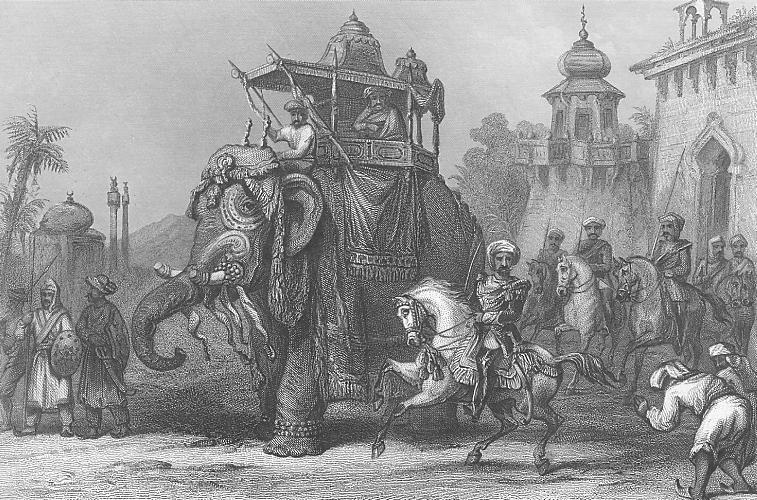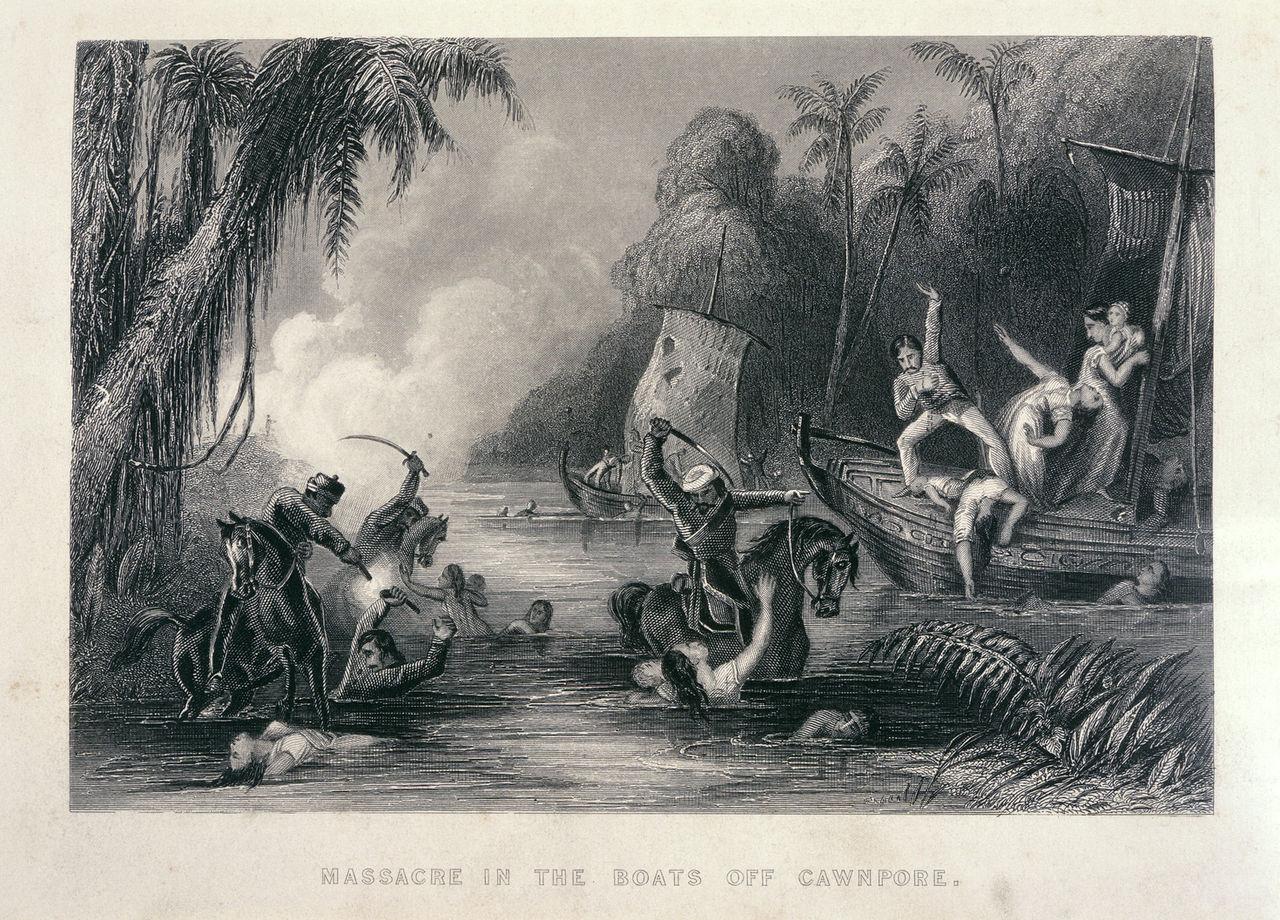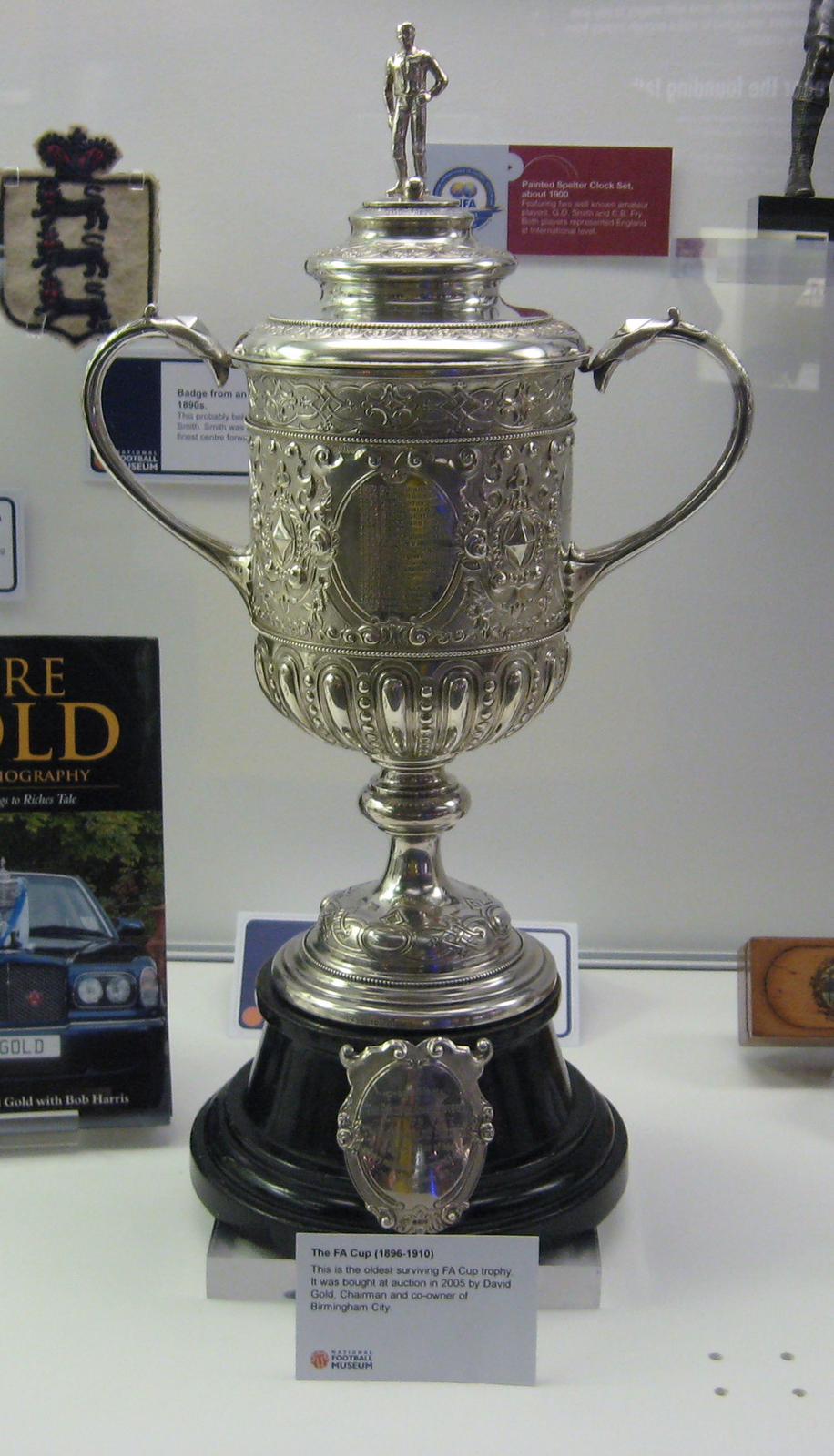What are the odds that a little boy from Benares who was left an orphan by the Great Indian Rebellion of 1857 went on to score a goal in the prestigious FA Cup final? Discover the story of William Lindsay, the footballer you may have never heard of.
1857 was a turbulent year across the British Indian landscape. The Great Indian Rebellion was a result of years of simmering anger and frustration among the people of India, after a long history of exploitation and abuse by the British East India Company.
Mangal Pandey’s rebellious act in Barrackpore sparked a larger revolution in India. Within a few weeks, the Indian uprising had spread to other nearby cities such as Meerut, Agra, Mathura, and Lucknow. But, Cawnpore (now Kanpur) exuded the proverbial calm before the storm.
The Indian sepoys at Cawnpore initially remained loyal to the British force. Although the sepoys in Cawnpore had not rebelled yet, the news of rebellion in the surrounding villages reached the Europeans. They started to move towards the entrenchment.
About 300 military personnel and their families made up the majority of the approximately 900-person British contingent there. The entrenchment was strengthened, and the Indian sepoys were instructed to collect their pay one at a time to prevent an armed mob.
Hugh Wheeler, the British general stationed in Cawnpore, was married to an Indian woman, was fluent in Hindi, and had assimilated local customs. He was sure that the loyal sepoys at Cawnpore would stay as his allies. He was proven wrong very soon.
Chaos ensued abruptly when Lieutenant Cox, a drunken British officer, shot his In

dian guard on the evening of June 2, 1857. This caused widespread unrest among the Indian soldiers, who soon began to rebel. Nana Sahib and his general Tatya Tope joined the revolution.
More than 10,000 sepoys attacked Gen Wheeler’s entrenchment in Kanpur led by Nana Sahib, and up to 1,000 British troops, their families and loyal sepoys were holed up in the entrenchment for three weeks in June 1857 where they were constantly bombarded.
Despite having little food and water supplies, the British managed to hold out for three weeks in their improvised fort. Sunstroke, dehydration and outbreak of cholera caused many deaths.
A massacre ensued as a result of their exodus from Cawnpore. According to British reports, most of the men and their families were slaughtered during the controversial and tragic Satichaura & Bibighar massacre. Major William Lindsay & his family were among the victims.

Major Lindsay of the 10th regiment and his wife gave birth to their son in Benares ten years before the Cawnpore Siege. The boy, also named William Lindsay, survived the Great Revolution of 1857, but the Cawnpore siege claimed the lives of his parents and most of his family members.
Within a few weeks, the replenished British troops crushed the remainder of Tatya Tope’s army, captured guns, cannons, and elephants, and set Nana Sahib’s palace on fire. Nana reportedly disappeared after the Company retook Cawnpore.
Meanwhile, as one of three boys left orphaned by the Indian Rebellion of 1857, the boy from Benares was enrolled at Winchester College for the upcoming academic year. He excelled in both cricket and football there.
He grew up as a strong and skilled fullback and joined Wanderers Football Club in 1875, one of the top squads in England’s early years of organised football.
Lindsay played for the Wanderers in two straight famous FA Cup finals in 1877 and 1878, helping them win the competition three times in a row—a feat that has only been matched once by Blackburn Rovers in the 150 years of rich FA Cup history.

20 years after India’s first war of independence, in the famous 1877 FA Cup final versus Oxford, after a long 90 minutes of football, when the two teams were tied at 1-1, Lindsay emerged as a hero and scored the winner past the Oxford goalie.
The history of the human race often weaves gripping tales of many hues. Who would have imagined that the valour of India’s first war for independence, the battle-cry of Nana Sahib, and the tragedy of Cawnpore residents could connect to a winning goal at the FA Cup final?
This story is created as a collaborative effort between The Paperclip and The Wikimedia Foundation to empower knowledge sharing through storytelling. You can read more about the collaboration here.
Source and references:
The story is exclusively sourced from Wikipedia articles and relevant citations. For further reading follow the links –
https://en.m.wikipedia.org/wiki/James_F._M._Prinsep
https://en.m.wikipedia.org/wiki/John_Prinsep
https://en.m.wikipedia.org/wiki/James_Prinsep
https://en.m.wikipedia.org/wiki/Prinsep_Ghat
https://en.m.wikipedia.org/wiki/Wayne_Rooney
Image attributes:
Granger, India: Sepoy Mutiny, 1857, public domain from Wikimedia.
Charles D’Oyly, Hugh Massy Wheeler, public domain from Wikimedia.
Unknown, The Nana Sahib with his escort, public domain from Wikimedia.
Charles Ball, massacre at the Satichaura Ghat, CC0 from Wikimedia.
Unknown, The oldest surviving FA Cup trophy, on display at the National Football Museum, Preston, public domain from Wikimedia.
RELATED STORIES
Nothing found.

